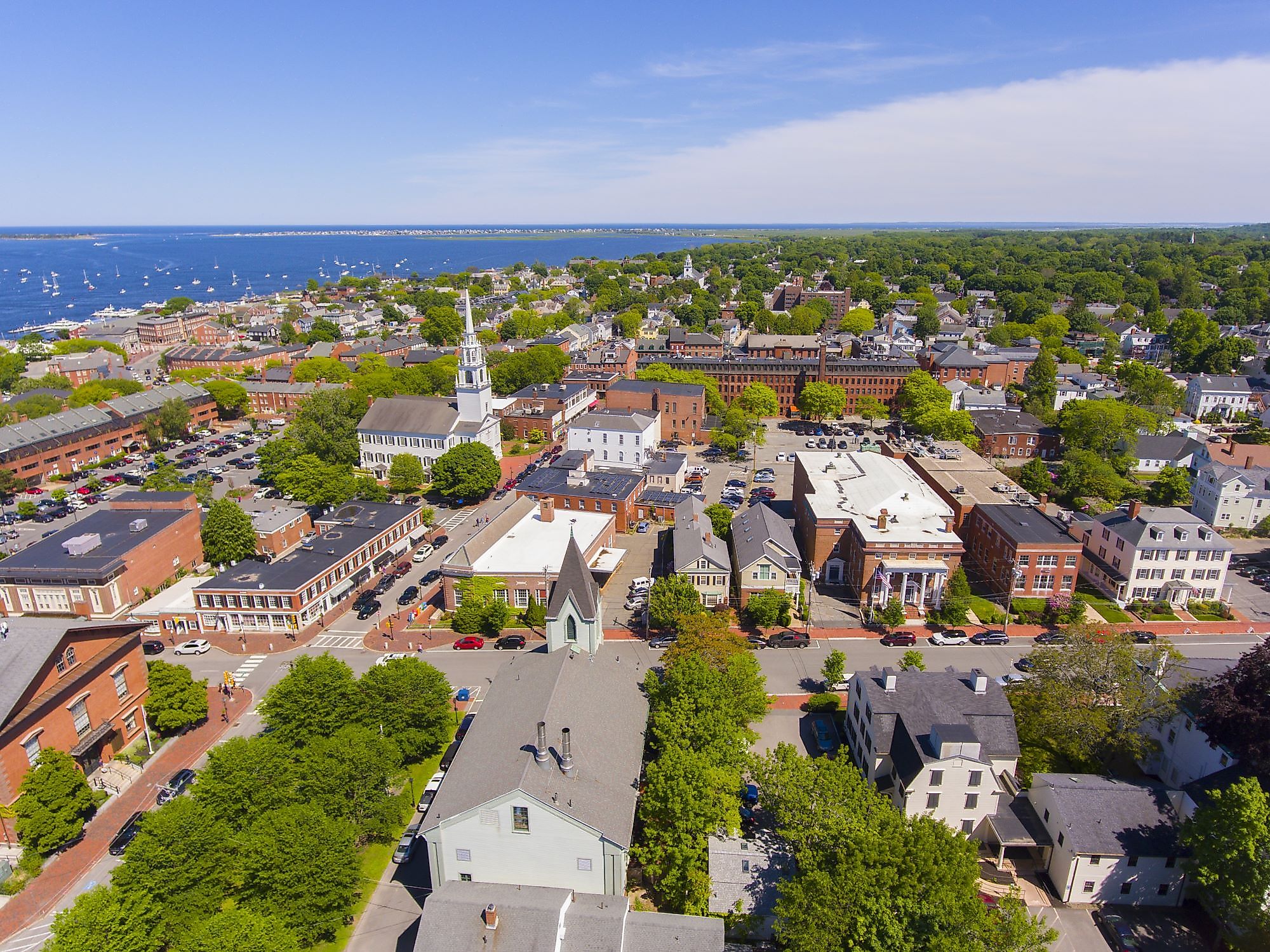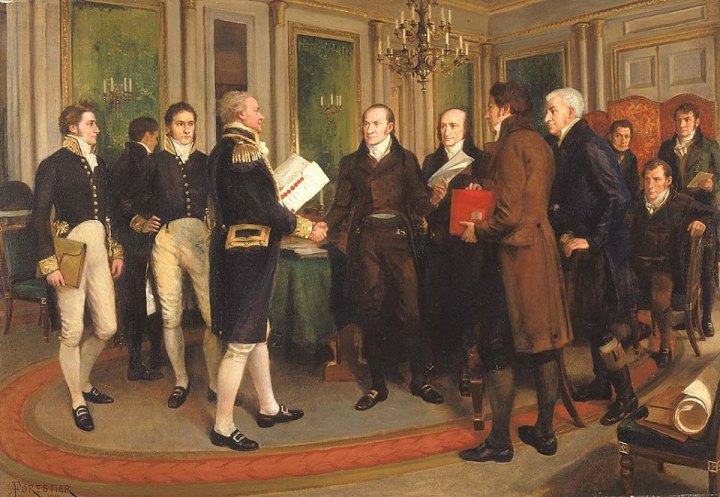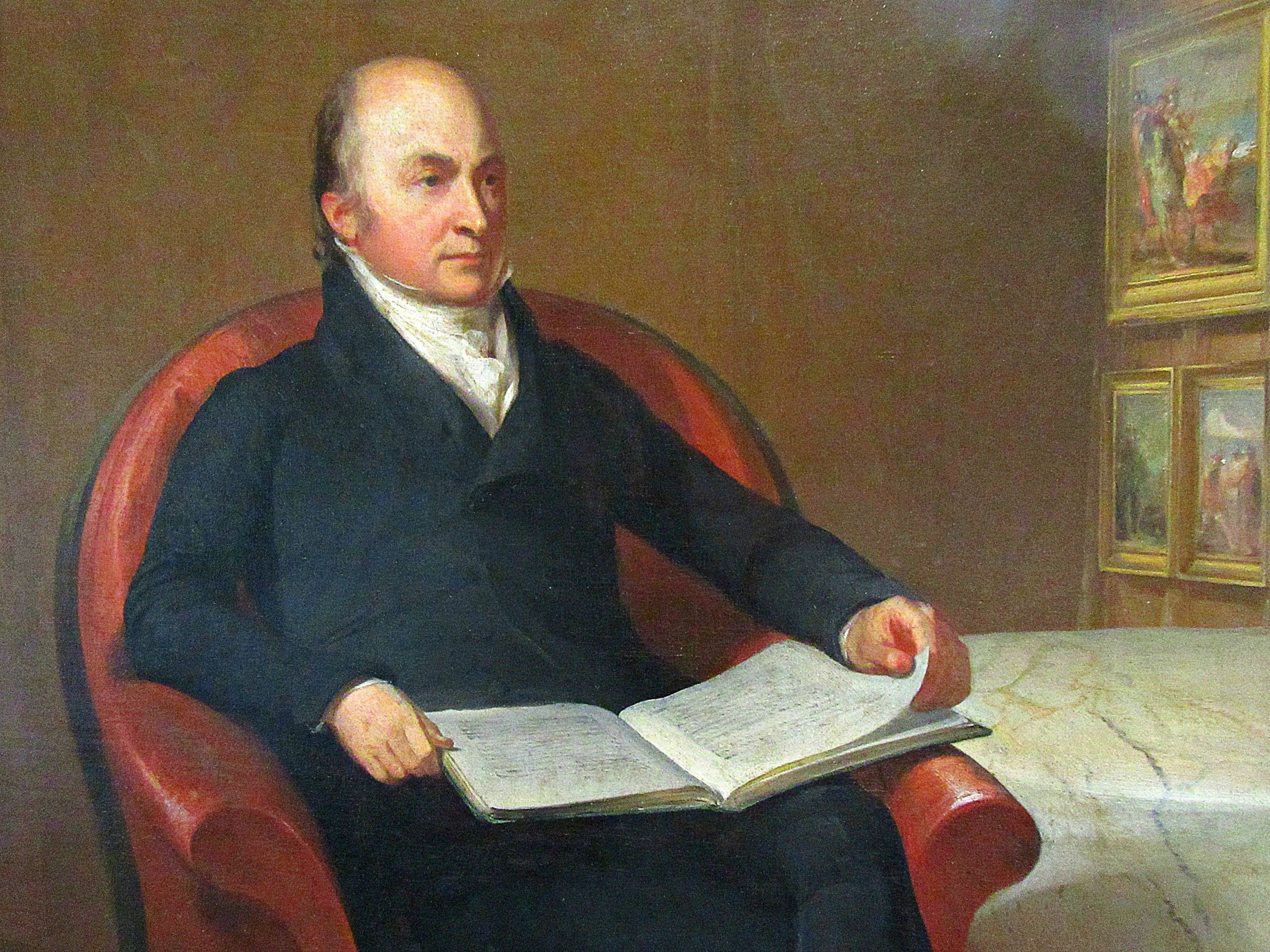The John Quincy Adams Independence Day Prayer 1837 Newburyport captures the heart of America’s sixth president and his conviction that true liberty flows from the Gospel of Christ. On July 4, 1837, Adams delivered a powerful address in Newburyport, Massachusetts (ZIP 01950), in which he declared that the date of America’s independence was inseparably linked with the birthday of the Savior.
Adams’ words were not just patriotic—they were prayerful. He framed the founding of the nation as part of God’s redemptive plan and called the people to remember that political freedom without spiritual freedom is incomplete.
The Prayer (Excerpt from Adams’ Address)
“Why is it that, next to the birthday of the Savior of the world, your most joyous and most venerated festival returns on this day? Is it not that, in the chain of human events, the birthday of the nation is indissolubly linked with the birthday of the Savior? That it forms a leading event in the progress of the Gospel dispensation? Is it not that the Declaration of Independence first organized the social compact on the foundation of the Redeemer’s mission upon earth?”
Adams presented the American Revolution not as a secular achievement but as a divine milestone. His prayer was that the people of America would remain faithful to this connection between liberty and Christ.
Historic Backstory
John Quincy Adams was the son of John Adams, a signer of the Declaration of Independence and the nation’s second president. Having served as president himself (1825–1829), John Quincy carried a deep reverence for America’s spiritual foundations.
By 1837, Adams was a statesman and elder, reflecting on the meaning of independence in the twilight of his career. Speaking in Newburyport, he reminded his audience that freedom was not merely political but deeply spiritual. The John Quincy Adams Independence Day Prayer 1837 Newburyport was both a history lesson and a sermon, reminding Americans that their identity was bound to the Gospel.
Biblical Parallel — True Freedom in Christ
Jesus declared in John 8:36, “If the Son sets you free, you will be free indeed.” Adams echoed this truth by linking America’s independence to Christ’s mission. The John Quincy Adams Independence Day Prayer 1837 Newburyport reminds us that national liberty is best preserved when grounded in spiritual liberty.
Modern Application — Freedom With Responsibility
Today, freedom is often defined as the right to do whatever we please. Adams reminds us that true freedom is the ability to do what is right, rooted in God’s truth. His prayer calls us to celebrate liberty not just with fireworks, but with faith.
The National Prayer Wall carries this same mission: helping believers dedicate their communities in prayer so that freedom remains anchored to God’s purposes.
Visit Newburyport Today

The site of Adams’ 1837 speech, Newburyport, Massachusetts (ZIP Code 01950), still celebrates its rich history. Visitors can explore historic churches, monuments, and the coastal charm of this New England town where Adams tied America’s liberty to the Gospel.
📍 This prayer took place in Newburyport, MA 01950.
And just 26 years later, in 1863, President Abraham Lincoln issued a call for a National Day of Prayer and fasting in Washington, DC (ZIP 20004).
Read about Lincoln’s National Day of Prayer →
Reference Prayers and Proclamations: Historic Prayers in American Life (White House PDF)


